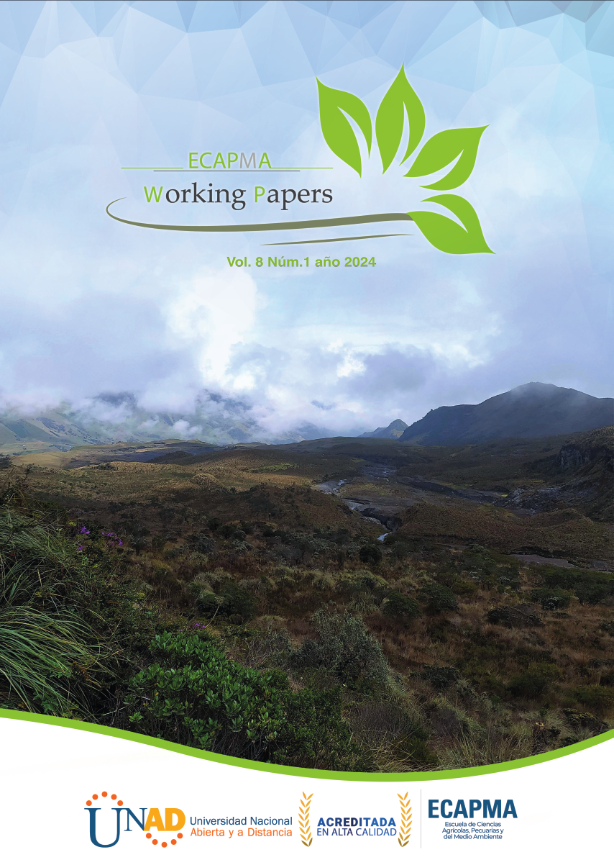Hallazgos ecográficos en la enfermedad del tracto urinario inferior felina (F.L.U.T.D)
Contextualización: la Enfermedad del Tracto Urinario Inferior Felino, conocida como FLUTD, es el conjunto de síntomas clínicos asociados a disturbios de la mucosa vesical y uretral del paciente felino, relacionados con la Cistitis Idiopática Felina (CIF), urolitiasis, Infección Bacteriana del Tracto Urinario (ITU), neoplasia de la pared vesical y los trastornos neurológicos. La ecografía abdominal es uno de los métodos diagnósticos más utilizados en patologías relacionadas con el tracto urinario, ya que permite observar con claridad la estructura renal, los uréteres, la vejiga y la uretra, que indicaría de una manera no invasiva si el paciente presenta alguna anormalidad en su tracto urinario.
Vacío de conocimiento: dado que es una enfermedad causada por diferentes patologías que se caracterizan por presentar signos clínicos similares es necesario conocer, mediante el método diagnóstico más utilizado, la ecografía abdominal, los hallazgos más comunes para así detectar la causa principal y aplicar un tratamiento eficaz para nuestros pacientes felinos.
Propósito del estudio: identificar y caracterizar los hallazgos ecográficos más comunes en FLUTD de pacientes que ingresaron al servicio de diagnóstico ultrasonográfico en la clínica CUV de la ciudad de Ibagué, desde el 9 de mayo al 9 de septiembre del 2022.
Metodología: se obtuvieron las imágenes ecográficas de los felinos que ingresaron a la clínica con sintomatología de FLUTD para luego organizarlas de acuerdo con los hallazgos ecográficos más comunes, denotando las diferencias y similitudes estructurales entre pacientes. Las imágenes se obtuvieron mediante el equipo portátil Mindray DP-20, utilizando sonda lineal de hasta 10 Mhz y sonda microconvex de hasta 8.5 Mhz.
Resultados y conclusiones: el hallazgo ecográfico más evidenciado fue la presencia de sedimento no mineralizado en diez casos (35,7%); en segundo lugar, se encontraron otras variaciones anatómicas como sedimento no mineralizado con engrosamiento de la pared vesical, presencia de sedimento mixto y flóculos, solo sedimento mixto y sedimento mixto con engrosamiento de la pared vesical y flóculos, cada uno de estos con tres casos (10,7%). Los hallazgos menos comunes fueron: sedimento no mineralizado con aumento en el grosor de la pared vesical y la presencia de contenido libre, sedimento no mineralizado con hilos de fibrina, dilatación uretral y la presencia de sedimento mixto con aumento en el grosor de la pared vesical, cada uno con un caso (3,5%) del total de los veintiséis pacientes.






